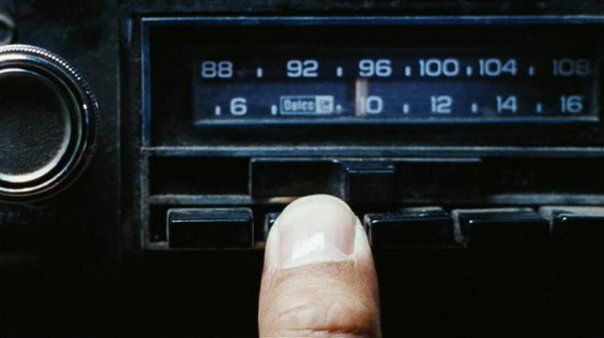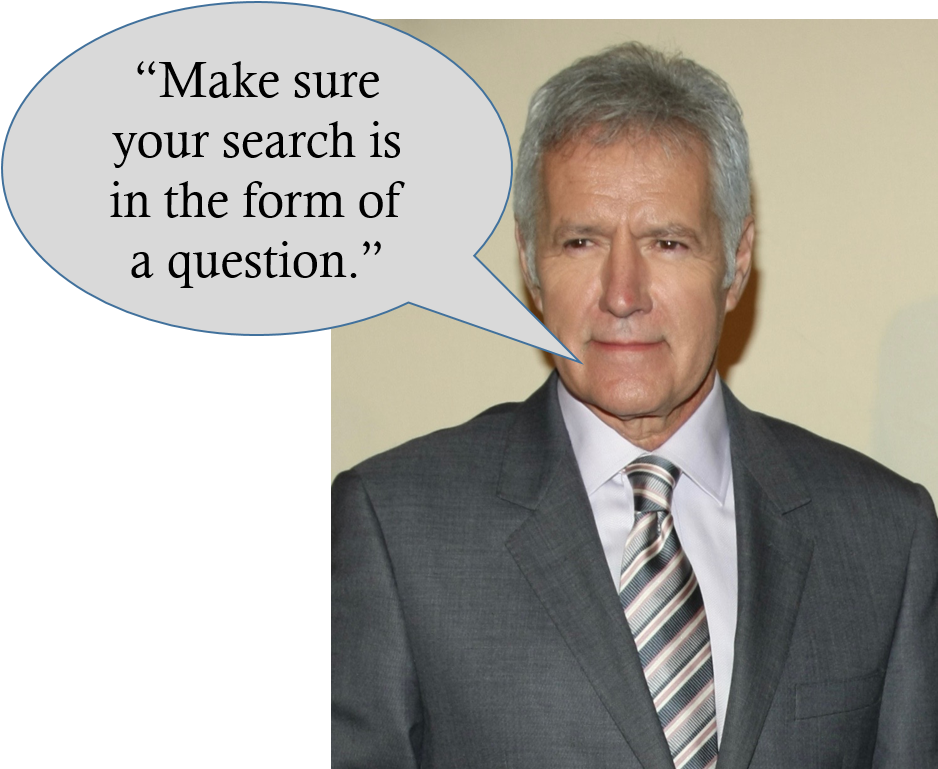
Since the advent of the car radio nearly a century ago, the way in which drivers “searched” for radio stations was a simple push of a preset button, and in more recent years, pushing “scan” and letting the radio do the work. Thus, highly successful radio programmers could game the system by ensuring the car’s owner took the time to devote a pushbutton to their station. And as we learned from research, once set, most people never change their presets.
Even as car dashboards (head units) have developed over the last decade, most use some variant of the old pushbutton technology, now allowing you to preset myriad choices offered by your system or smartphone. The dashboard has now been digitized, but those presets are still pretty much in place.
But that’s about to change. Soon, drivers and passengers won’t “search” for or preset your station in this old-fashioned way. That’s because the days in which we search for what we want with our fingers in a car or on a keyboard, or our thumbs on a smartphone are numbered.
Search will be carried out by voice.
In a recent commentary in AdAge,VP client strategy, Nasser Sahlool, tells you the whole story in his title:
“The Revolution Will Be Vocalized: How Voice Is Changing Everything”
That riff on the old Gil Scott-Heron “word jazz” song is a reminder that for all the brilliant technologists in Silicon Valley, Seoul, or Tel Aviv, our lives can be truly rocked in unforseen ways.
No one really saw voice coming – even Apple. Otherwise, we’d all be saying “Siri” or “Cortana” instead of “Alexa.”
And if you think about the voice revolution as just inert, odd-shaped objects we talk to in our homes or offices, you may be missing the Gargantuan bigger picture promised by voice. If you’re in the content business – that means television, radio, podcasting, video, games – you’d better master this voice thing.
Voice technology is showing up everywhere, as we’ve witnessed the last couple years at CES. Way back in 2017, we started seeing Alexa and Google Voice embedded in a growing number of devices – refrigerators, robots, smart TVs.
This past January at CES, it was a full-on revolution. You couldn’t go anywhere in or out of the Las Vegas Convention Center without banging head-on into voice technology from Amazon and Google, with the promise of other brands introducing their own voice assistants.
We’ve talked about the all-out street war between Amazon and Google at CES (won handily by the latter). And why not? The platform that comes out on top for voice just may end up controlling everything.
And to the point, voice technology is coming to the car – at 90 mph. Yes, there have been clunky voice assistants in cars for nearly a decade, but most experiences have been spotty at best. Now, Alexa is being baked into Ford products, and other automakers are in line, ready to connect with the best-known voice in the world. The arrival of Alexa and Google voice technology in cars means our fingers will get a rest as pushbuttons will become as antequated as dial telephones.
The prediction is sobering: by 2020, more than half of all searches will be executed by voice. That’s a mere year-and-a-half from right now.
And the implications for radio are ginormous. Why mess with push buttons and keyboards when you can simply voice whatever you desire?
Many of the same principles that have guided SEO on the web will come into play with voice. These devices have become virtual Q&A machines.  Consumers ask for what they need – as Alex Trebek might say “in the form of a question.” (It’s no wonder one of the most popular Alexa skills is “Jeopardy.”)
Consumers ask for what they need – as Alex Trebek might say “in the form of a question.” (It’s no wonder one of the most popular Alexa skills is “Jeopardy.”)
Thus, the FAQ format increasingly becomes the Holy Grail of finding stuff we want:
“Alexa, is there a rock station around here?”
Search is rapidly becoming more conversational. As Sahlool notes, the development of Alexa or Google “skills” represents opportunities for brands to become the local go-to places – the sources in their home markets for products, services, and perhaps, entertainment and information.
He quotes Search Engine Watch who says “mobile voice-related searches are three times more likely to be local in intent than text-based searches.”
The italics in that quote are mine – but for good reason. Radio is inherently a local medium – when it’s done right. As the megawatt tech companies optimize their voice platforms by truly monetizing them, local radio has the chance to “stand out as the authority in every location it operates.”
That’s an opportunity, but of course, it’s also a challenge. That’s because the “best practices” that everyone’s seeking are murky. In fact, voice is still a maze – a puzzle that many brands are frantically trying to solve.

The other ironic piece of the voice revolution deals with what called the “method of referral.”
When PPM became the major market standard, the traditional ways in which stations identified themselves were often thought to be outmoded. That is, instead of clear, repetitive IDs that contained exact frequencies, call letters, and slogans, many thought the advent of meters meant these methods had become passé – a part of ancient paper diary history. In fact, some companies greatly reduced their station identification to create a more streamlined sound. That turned out to be a mistake because branding is everything.
In some ways, as voice becomes the gold standard of search, radio stations in smaller markets may be ahead of their major market counterparts after a decade of PPM measurement. In a world where recall is the way stations get measured, the fit with voice command technology may be perfect.
That’s because Alexa has taught us that vocal identification is everything. If you’re known as “W-R-I-F,” you’re probably fine. A simple, “Alexa, play WRIF” will (at worst) take you to that station’s stream via Tune-In. But if you say “101FM” or “RIFF,” you’ve very likely to end up someplace else.
It’s even worse if you’re Sunny, the Eagle, or Hot. The listener is disappointed by the result – and so is the station.
As we’ve learned in the past couple years as “the voice rules” constantly change and morph, designing a truly effective, compelling, and desirable “skill” isn’t something you can buy for $99 (or get for “free”). Chances are, a DIY solution isn’t going to work either.
And even with a well-designed “skill,” there’s the gnarly issue of marketing it to your audience. As much thought ought to go into the latter as the former.
Here’s a short NPR video that does a nice job of explaining it (dumbing it down) so even a PhD can figure out to find their local public radio station.
But none of this changes the long-term value of strategic and tactical branding of your station in the era of voice – on the air and off. It’s not difficult to research how your audience organically refers to your radio station. “Reteaching” them in an era where a listener’s attention span is analogous to that of the average guppy is no simple task.
Radio’s old-timers who are often critical of the modern era of programmers and owners might want to rethink their points of view.
Simply hammering frequency-call letters-slogan 18 times an hour may not get in done as we enter the voice revolution. Foundational radio programming geniuses like Bill Drake, Rick Sklar, Paul Drew, and Lee Abrams would have thought long and hard about the implications of identification, search, and discovery in the Voice Era.
You should, too.
Three things…
I’ll be on a panel at the NAB Radio Show along with Skip Pizzi, Hubbard’s Jeremy Sinon, and Westwood One’s Charles Steinhauer discussing voice and smart speakers. Please join in. Info here.
Our CEO/CES Tours return for the third consecutive year. We’re set to take a group of radio executives to Las Vegas in January to witness the future. Email Paul for info.
Our voice skills team at SonicAi is ready, willing, and able to talk you through the machinations discussed into today’s post. Info here.
- What To Do If Your Radio Station Goes Through A Midlife Crisis - April 25, 2025
- A 2020 Lesson?It Could All Be Gone In A Flash - April 24, 2025
- How AI Can Give Radio Personalities More…PERSONALITY - April 23, 2025




Leave a Reply